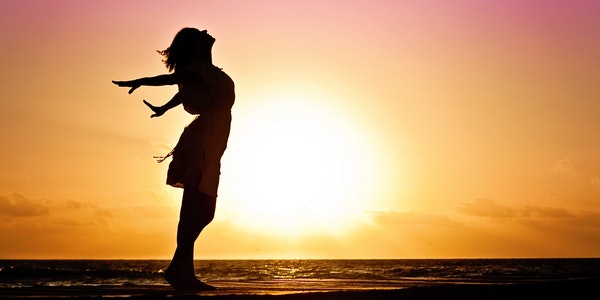When we pick up the camera to take a portrait, the lines, colors, beauty, shooting angle, composition method, etc. in the picture are all issues we have to consider. To create an excellent portrait photography, composition is very important. Composition is often the key to the success or failure of a work. It is also an important factor in the expression of the photographer’s subjective consciousness.
Table of Contents
1. The Meaning of Portrait Photography Composition
A portrait photography work is composed of factors such as character scene, light and shadow, color, tone level, distance and contrast between virtual and real. Through the adjustment of the shooting distance, angle and position, as well as the selection and trade-off of the person being photographed, it is as perfect as possible to concentrate and coordinate them in one picture. This is the composition process of portrait photography.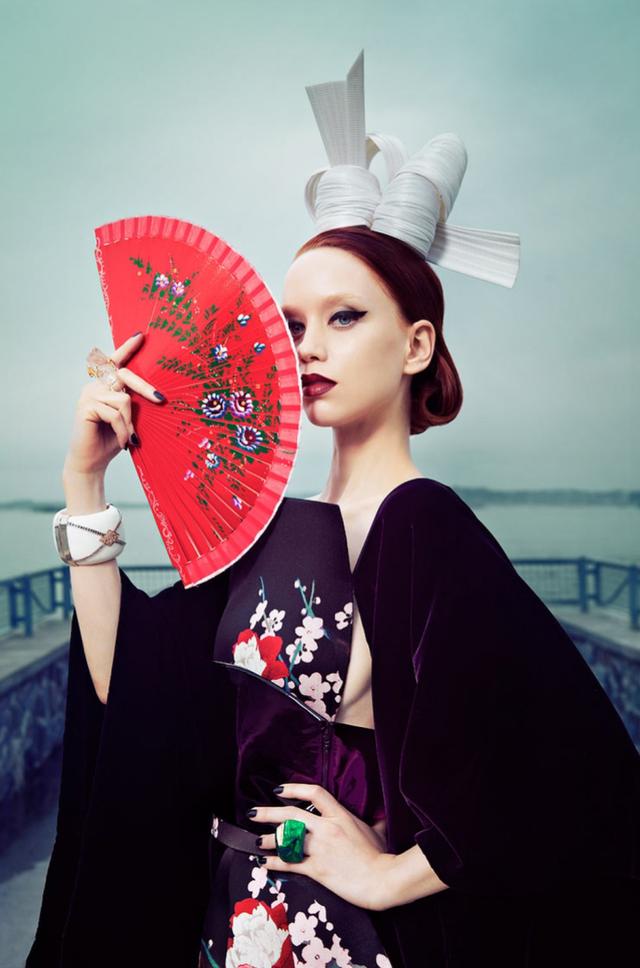
The composition must also pay attention to artistic skills and means of expression. The composition is directly related to the artistic conception of a work. Composition is an important part of the formation, but it must be based on the conception. The composition of a portrait photography work embodies the photographer’s ingenuity and arranging skills, and reflects the photographer’s intention and specific method of expressing the theme. Therefore, it is a concrete reflection of the photographer’s artistic level.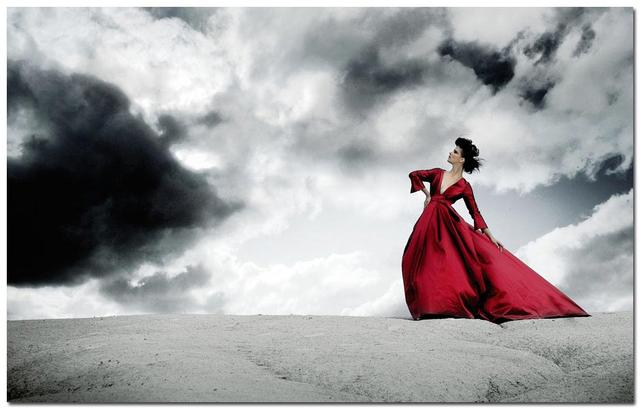
The importance of composition
The composition of portrait photography, generally speaking, is based on the character as the main body, organically combining the various elements that make up the picture, so that the character can be fully expressed. It appeals to the coordination of points, lines, surfaces, shapes, light, light and shade, and colors of vision in terms of the beauty of form. The composition of portrait photography is an important factor in expressing the content of the work. It is the organization method of all photographic visual art language in portrait photography. It makes the certain internal structure constituted by the content get the proper expression.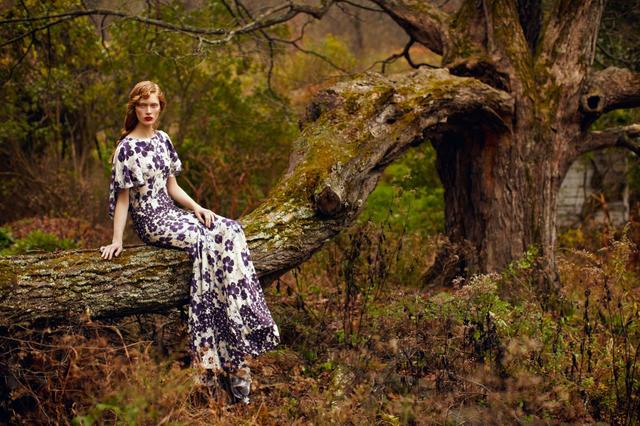
2. The Purpose of Portrait Photography Composition
Highlight the theme of the work through the basic rules of composition and make the characters more perfect. A good composition can better convey the photographer’s picture information to the viewer. Emphasize and highlight the typified characters in the conception, so as to abandon the general, superficial, tedious, and secondary things. And arrange the companion appropriately, choose the environment, make the portrait photography work stronger, more concentrated and more typical than real life.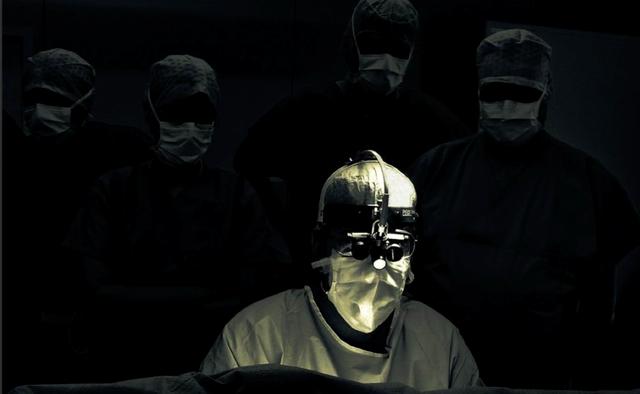
3. Features of Portrait Photography Composition
Portrait photography composition uses different focal length lenses to obtain different perspective effects. Different photosensitive materials get different artistic effects, or through the computer post-secondary composition processing. But the composition of portrait photography also has its limitations. It is not as fictitious as painting.
The vivid postures, touching expressions, and fascinating eyes in many portrait photography works are inseparable from the momentary capture. Instant composition requires us to have long-term and solid basic composition skills.
4. The Content of Portrait Photography Composition
Portrait photography composition is diversified and comprehensive. It has various means of expression, such as shooting position, lens, light, shade, color and so on.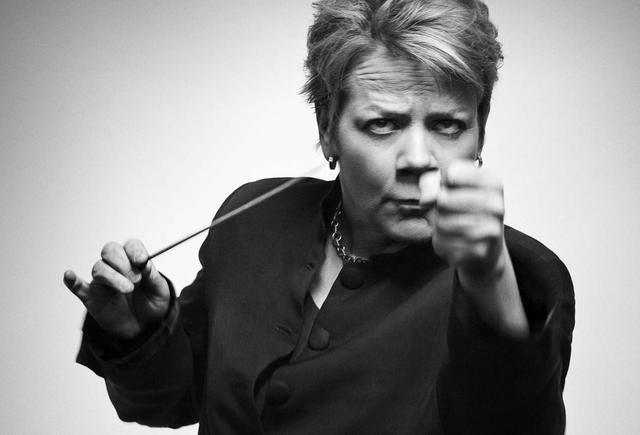
5. The Basic Requirements of Portrait Photography Composition
(1) Highlight the main body
Characters are the main objects to be expressed in portrait pictures, and they are an important part of the picture. It is not only the center of the screen content, but also the center of the screen structure. Other sceneries must be around the r character, echoing with it, forming a whole. On the screen, the themes can be highlighted by the contrast between the big and the small, the whole and the part, the far and the near, the deep and the light.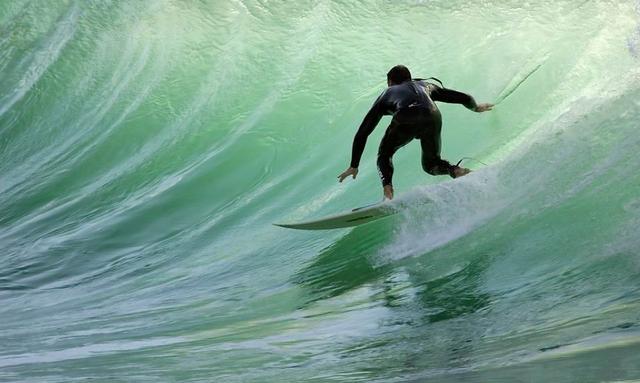
(2) Picture should be complete
The so-called picture integrity is not simply to keep the image of the subject intact. Rather, it means that the picture can fully express the author’s shooting intention and fully reveal the nature of the person photographed, so that people can more fully accept the theme of the photo. Another requirement for the completeness of the picture is to achieve the completeness of the picture in the form of the display. The main thing is to correctly and completely handle the position of the subject in the picture, so that the subject’s image has a more complete expressive force. 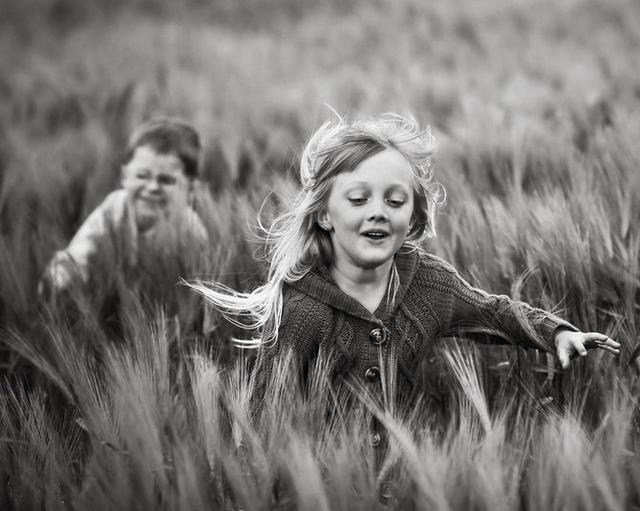
(3) The layout should be balanced
Balance is a kind of human visual perception. Seeing a balanced and stable scene, people have a more comfortable and stable visual experience. But the balance of the layout is not to use the picture evenly, put the subject in the center of the picture and arrange them symmetrically. Although this arrangement is average, the picture will lose its liveliness, and instead will be monotonous and dull.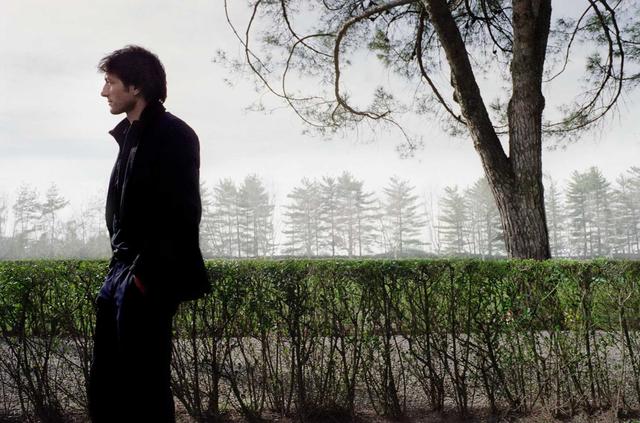
(4) The form should be vivid
The vividness of the composition form requires the picture to be full of change and not rigid, and to meet people’s requirements for visual beauty.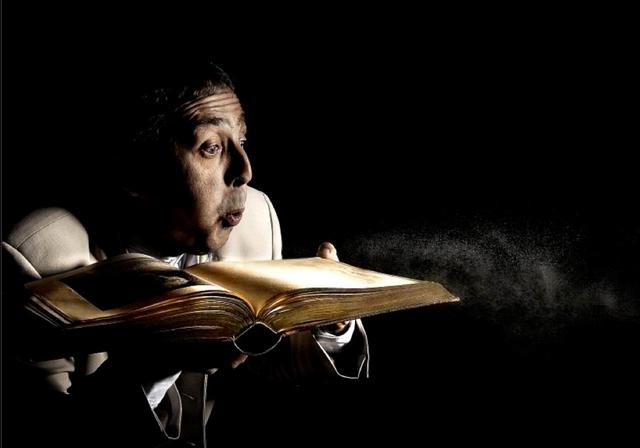
6. The basic rules of portrait photography composition
Portrait photography composition is a comprehensive application of various form factors. Including: contrast and harmony, symmetry and change, balance and echo, etc. Mastering these laws and applying them will make the characters we express in our works more connotative and aesthetic. A portrait photography work may conform to several composition rules at the same time, but on the basis of the basic composition rules, it is often expressed by one composition rule. Its application is not absolute, you must learn to use it flexibly.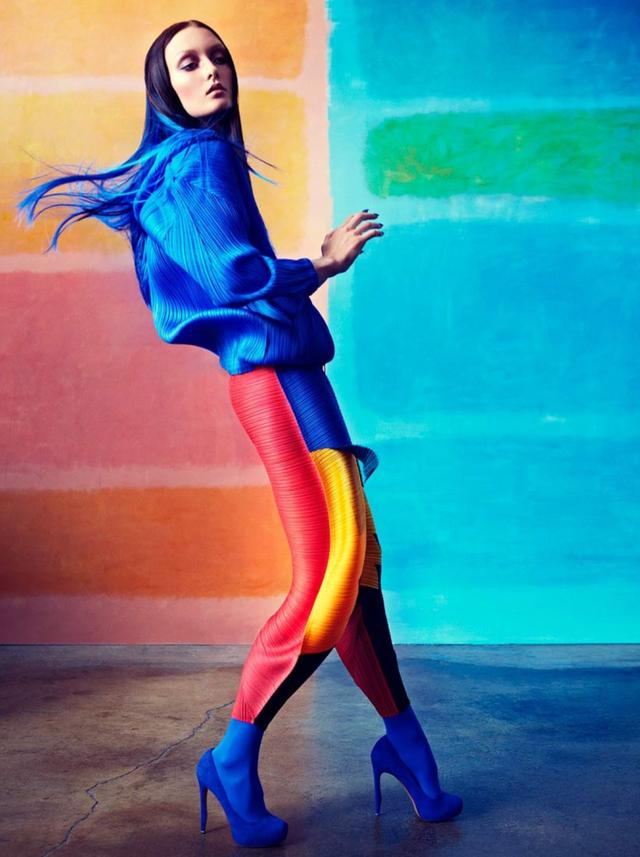
(1) The use of contrast in the composition of portrait photography
In the composition of portrait photography, contrast is to compare the different qualities and quantities of various form elements between the characters and the environment, so that the respective characteristics of different objects are more obvious and prominent. There are various forms of contrast in portrait photography composition, such as area contrast, size contrast, color contrast, light and dark contrast, and so on.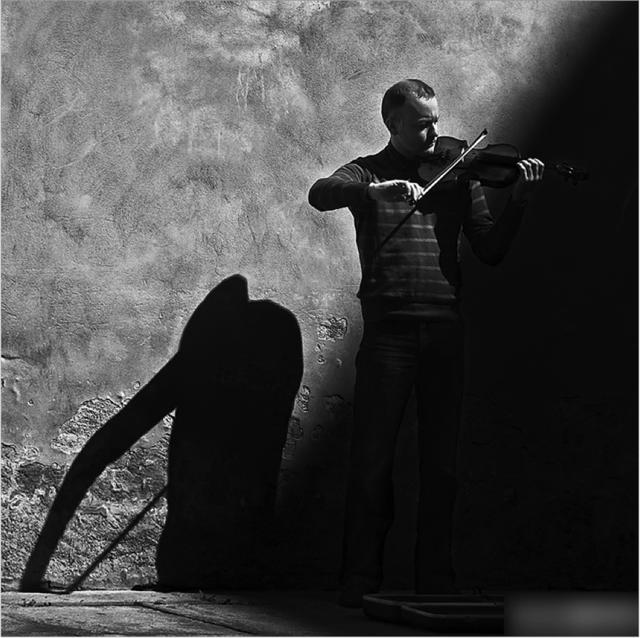
Area comparison
Area contrast is often used in portrait photography composition. This is a very important element in the law of contrast. Use the distribution and arrangement of the characters and the contrast in the area produced by factors such as background and props to achieve the purpose of highlighting the main body.
Sparse and dense contrast
“Impermeable to the wind, sparseness can be a happy horse” This is the best description of the contrast between sparseness and denseness. In the composition of portrait photography, the use of strong contrast between sparse and dense is more conducive to the expression of the subject.
Size comparison
The use of size contrast in the picture will make the main body more prominent, so that the existing but indistinct shape and connotation of the original factors will be more prominent, full and strong in the size contrast.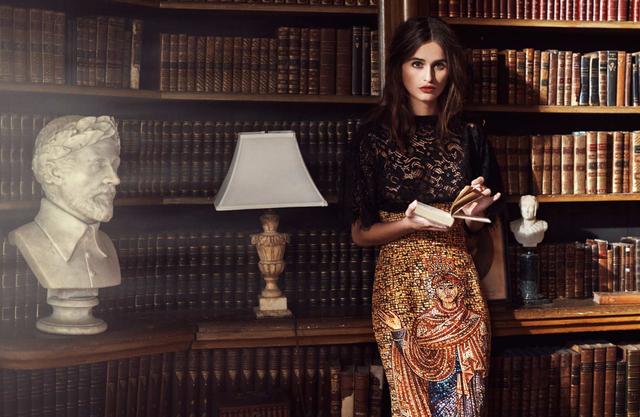
Dynamic and static contrast
The contrast between movement and static makes the picture more vivid, full of vitality, visual impact, and easy to make the vision exciting.
Chiaroscuro
The contrast of light and dark can be the difference between light and dark of the figure’s own body, or the difference between the light irradiation area and the light irradiation intensity. The use of chiaroscuro is conducive to portraying the character and heart of the characters.
Contrast between virtual and real
Virtual scene and real scene are a relatively important method in the law of contrast, which can be divided into foreground virtual and background virtual. When taking photos with virtual and real contrast, you can choose the companion as the front virtual scene or the back virtual scene to shoot. But pay attention to controlling the blur degree of the companion, which will directly affect the strength of the protruding subject.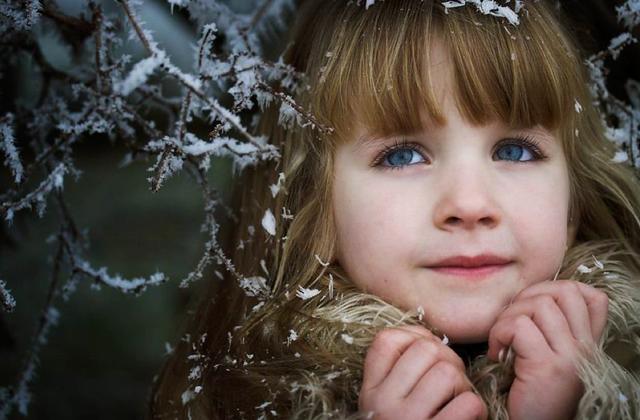
Specific contrast
The continuous use of the same element in the picture becomes a repetitive basic shape, which can make the picture feel harmonious and unified. We call it repetitive composition. This form is to order and integrate the visual image.
(2) Application of symmetry and balance in the composition of portrait photography
Symmetry and balance in portrait photography composition are two forms of balance. Balance gives a sense of stability. A picture gives people a sense of balance. Relatively speaking, this is the basic requirement for the composition of the picture.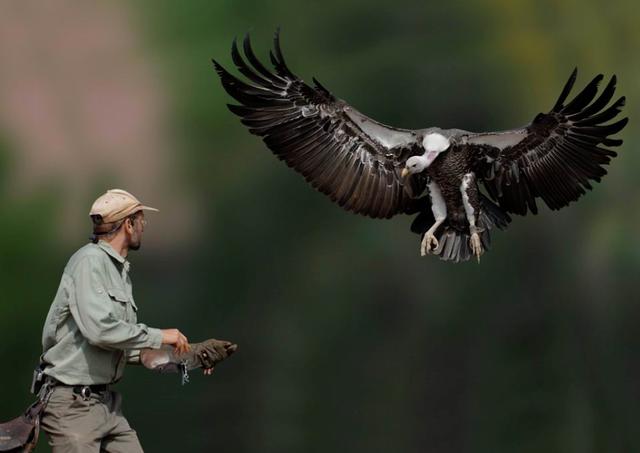
A, symmetry
It refers to the same scene form of equal quality and quantity on both sides of the central axis of the screen. And the two sides maintain an absolutely balanced relationship. It feels rigorous, rational, and solemn psychologically. Improper use often makes people feel dull, monotonous, and boring.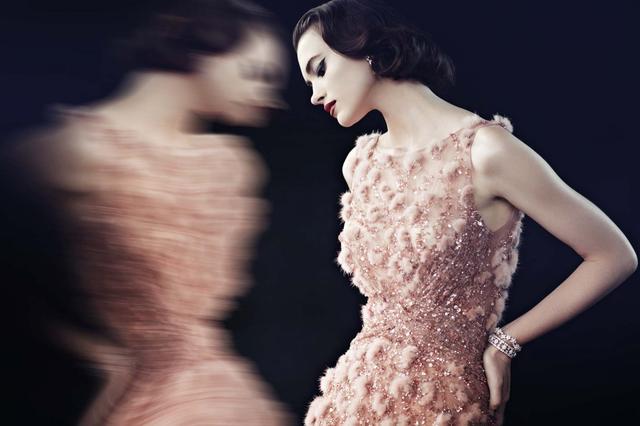
- Balance
Picture balance usually refers to the composition of unequal quality, unequal quantity or different scene forms along the two sides of the central axis of the picture. For example, the subject is leaning to one side in the frame, which is unbalanced from the visual form. But the object has a tendency to move to the other side. So people will also have a sense of balance in their psychology.
In portrait photography composition, the factors that affect the balance are the size of the object, the direction of movement, the spatial position, as well as the color, light and shade, the virtual reality of the image, the dense layout, and so on. When shooting, make clear judgments and appropriate treatment, otherwise it will affect the viewing effect of the picture.
(3) The application of concentration and echo in the composition of portrait photography
In the composition of portrait photography, focusing and echoing is to form a unified and orderly whole of the numerous sceneries in the picture. It comes with a sense of order and clarity.
Concentration means that many sceneries converge towards one goal. So that the picture establishes an order and organically integrates into a whole.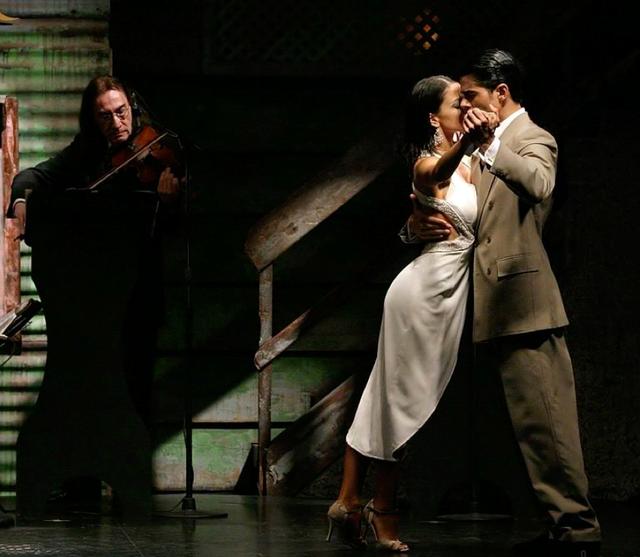
There are two types of concentration in the composition of portrait photography. The concentration of gesture and the concentration of artistic conception. The concentration of the posture is the concentration in the form. That refers to the concentration of the actions and postures of the characters or objects. The concentration of artistic conception is internal. It has the function of expressing the inner meaning, and also has the function of exaggerating the atmosphere. The concentration of the posture has the function of highlighting the subject’s theme. And has the function of establishing the visual focus and the center of interest.
Correspondence refers to the direct or indirect connection between the characters and objects in the picture. It can make use of light, shadow, tone, entity, virtual body, and the shape of objects, and the relationship between different objects, so that the overall layout of the picture can achieve an orderly and balanced effect.
(4) The application of change and unity in the composition of portrait photography
Variation is a vivid factor in the composition of portrait photography. Generally speaking, without changing the composition, the picture will look dull and boring. So in the composition of portrait photography, change is also the most basic and important element. There are two categories of change. One is the change of the constituent elements of the character itself. That is, the change of the character’s posture and expression. The second is the change of the objective scene being incorporated into the photographic picture. The change of the scene entering the picture is mainly formed by the shooting angle, shooting moment, and the use of lens, camera, light, color and other means. Such as changes in the composition of the scenery, changes in light and shade, and colors.
Unity refers to the coordinated, overall, and beautiful organization of various elements in the composition of portrait photography to act on the vision and produce pleasant feelings in people’s psychology. In portrait photography composition, it is mainly manifested as a perfect organization in terms of tone, line, color, shape, subject, companion, foreground, background, etc.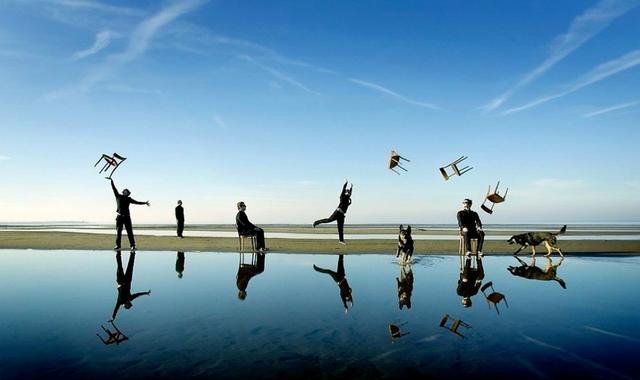
(5) The use of rhythm in the composition of portrait photography
Rhythm in portrait photography composition means that certain modeling forms form a certain sense of visual rhythm. It gives change and rhythm to the styling form. The performance of rhythm in the modeling form is rich and colorful. Rhythm and rhythm can be generated between the line structure of the characters, between the light and dark changes, between the color configurations, between the arrangement of objects. And the combination of points, lines and surfaces.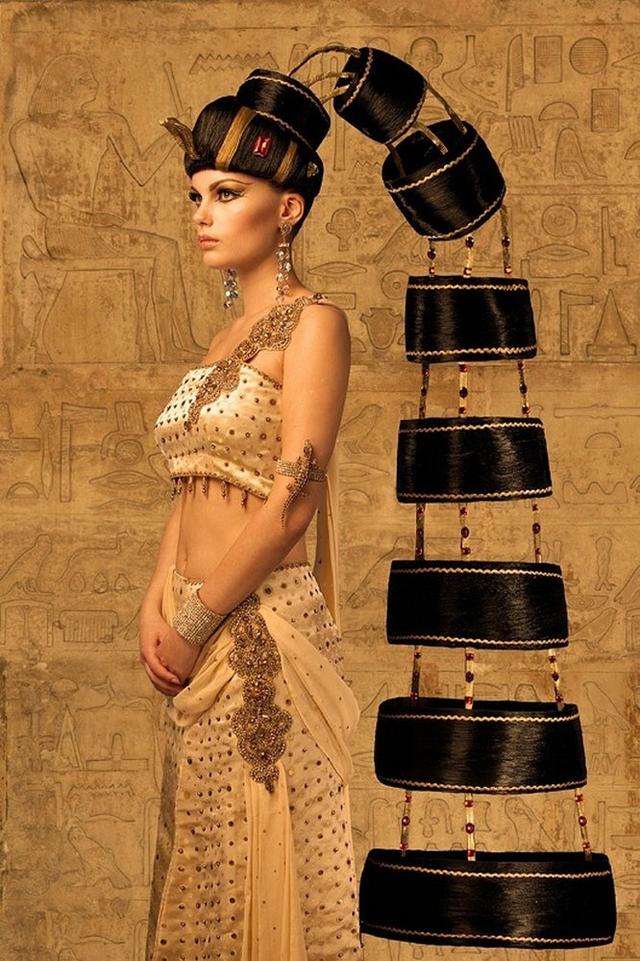
Each picture in portrait photography contains different composition rules. Only by mastering and using these composition rules can we shoot relatively good portrait photography works.
